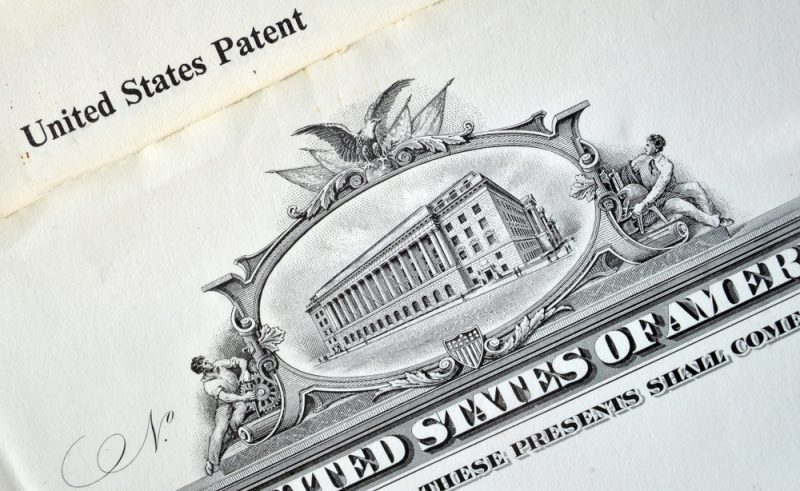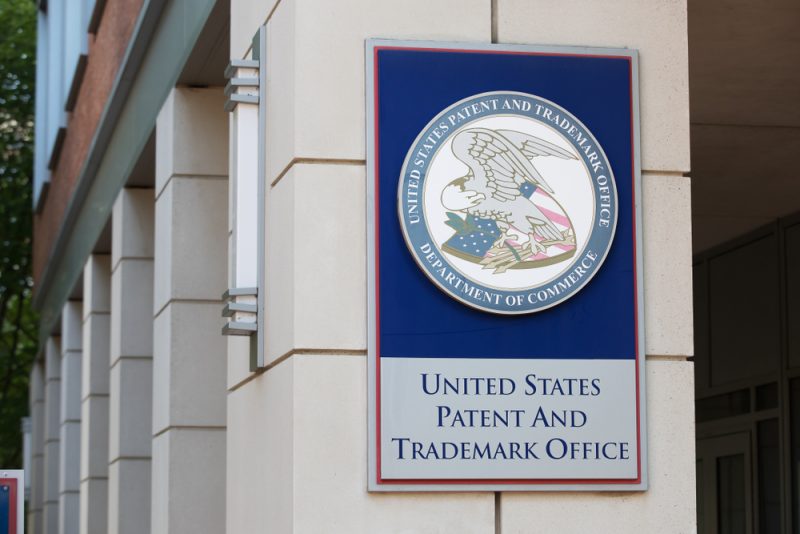Patents provide important protection to a successful idea, but few people know how complicated the process of obtaining one can be. The US patent system has a long and complicated history. Or at least it was a complicated, until now, thanks to our crash course in the history of patents in the United States.

Before the Constitution, British colonial law and custom governed patents. Inventors could appeal to their local governments to secure commercial rights to their products. The earliest of these rights was in 1641, in Massachusetts, to Samuel Winslow for his salt-making method. By the end of the 18th century, states began passing laws for general patents rather than relying on the case-by-case system. South Carolina holds the distinction for passing the first general patent act, “An Act for the Encouragement of Arts and Sciences.”
As for federal laws, the Constitution has a provision in Article I, Section 8: “The Congress shall have Power… To promote the Progress of Science and useful Arts, by securing for limited Times to Authors and Inventors the exclusive Right to their respective Writings and Discoveries.” This was followed by the Patent Act of 1790, which gave the right to issue patents to three figures. Only the Secretary of State, the Secretary of War, or the Attorney General could give their consent, and an applicant needed the approval of at least two before acceptance.
The Patent Act of 1790 was repealed or modified twice, once in 1793 and again in 1836. Both Acts made obtaining a patent much easier but at the cost of quality of the product being patented. It was the Act of 1836 that finally established the Patent Office and freed the Secretary of State from the overwhelming task of granting patents. Instead, a new role was created: the Commissioner of Patents. The first commissioner was a man named Henry Leavitt Ellsworth. He was considered a forward-thinking man and early adapter to technology. Ellsworth granted patents for inventions such as Samuel Colt’s first revolver and Samuel Morse’s telegraph.

After 1836, only a few notable events occurred. A law was passed for patents to be submitted in double after a fire destroyed most of the patents, but this was dropped after the office started printing. In 1849, the Patent Office was shifted from the State Department to the Department of the Interior. It would remain there until 1925 when it was transferred to its current home of the Department of Commerce.
People began to view patents as monopolies sometime during the 1890 depression (and this viewpoint repeated itself during the Great Depression of the 1930s). To combat these fears, Senator John Sherman proposed the Sherman Antitrust Act. Designed to prevent the restriction of trade or supply that would result in monopolies, it was signed into law by President Benjamin Harrison on July 2nd, 1890. It should be pointed out that “innocent monopolies”- i.e., ones that occurred solely through merit- were still perfectly legal.
Not much changed regarding patents until 1952, when the entire structure was overturned. The applicant now had to describe their invention and their basis for its potential infringement. Additionally, the invention had to be useful, new, and non-obvious.” It was enacted to ensure the knowledge of an area wouldn’t be limited to only a select few.

The public stance on patents became positive again through the 1980s and 1990s, helped in part by the new Court of Appeals for the Federal Circuit. This was to replace the out-dated Court of Customs and Patent Appeals. Most notably, it sought to give inventors more protections over their ideas.
The last major change was in 2011 after the Leahy-Smith America Invents Act was passed. It swapped the system from “first to invent has the rights to the patent” to “the first inventor to file has the rights.” Before its passing, the United States had been the final country to use a “first to invent” system. The AIA also added reforms to prevent interference proceedings. Currently, utlity patents last for 20 years, starting from the filing date.
With the number of new inventions and discoveries each year, it’s almost certain patent law will evolve again in the future. For now, though, the broad and storied history of the protection of ideas is secure and working hard to keep visionaries and their creations safe.
Where would we be if in 1641 Samuel Winslow didn’t appeal to the Massachusetts local government for rights to his salt-making production process?
How about the Act of 1836 that created the Patent Office, and gave the position of Commissioner of Patents to Henry Ellsworth, a forward-thinking man? As you can see from above, inventors have always had different ways of thinking. Do you know your inventor personality? You may be an everyday Edison or perhaps a dynamic or critical inventor. Take our quiz below to find out which one you are!

